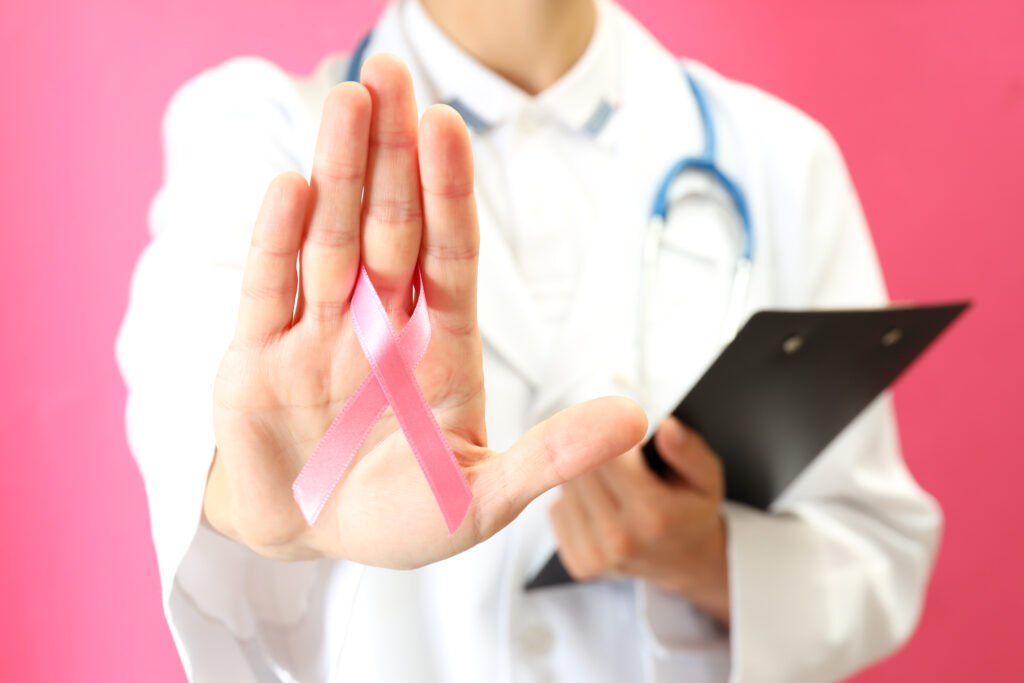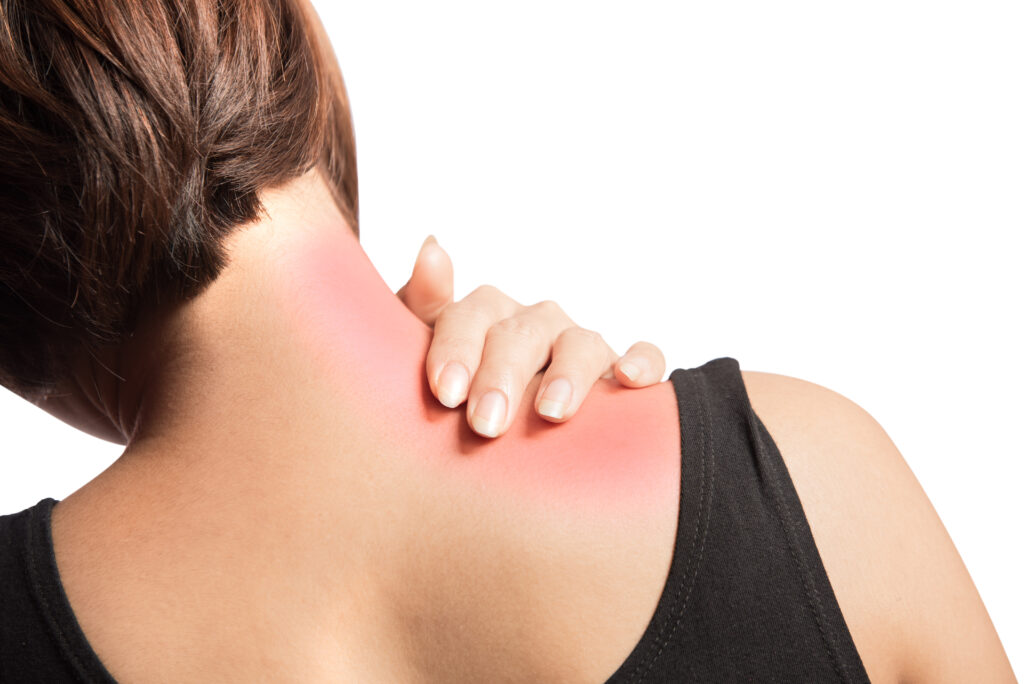Breast awareness is a fundamental aspect of women’s health that goes beyond medical checklists. It’s about encouraging a deep connection with one’s body, being in tune to its signals, and recognizing potential signs of concern.
In this blog with DrPro, we look into the significance of breast awareness and empower readers with knowledge about the signs and symptoms they should be mindful of.
Understanding Breast Awareness
Breast awareness goes beyond routine screenings; it involves actively observing and understanding the normal changes in breast tissue. It includes self-examination, knowing one’s risk factors, and being proactive about seeking medical advice when needed. Cultivating breast awareness empowers individuals to take charge of their health and well-being.
Symptoms and Warning Signs

1) Lump or Thickening
- The presence of a lump or thickening in the breast or underarm area is one of the most common signs of breast cancer.
- While not all lumps are cancerous, it’s crucial to have any uncommon lumps examined by a healthcare professional.
2) Changes in Breast Size or Shape
Significant changes in breast size or shape, especially if they occur suddenly and unevenly, should encourage further investigation. This could include dimpling, puckering, or indentations on the breast skin.
3) Breast Pain or Discomfort

- While breast pain is a common concern among women, persistent or unexplained pain should not be ignored.
- It’s essential to distinguish between cyclical breast pain associated with menstruation and chronic discomfort that persists throughout the menstrual cycle.
4) Skin Changes
Any unusual changes in the texture or appearance of the breast skin, such as redness, warmth, or thickening, merit investigation. Additionally, be vigilant for any rash-like patches or sores that do not heal.
5) Swelling in the Armpit or Collarbone Area

Swelling or lumps in the lymph nodes located in the armpit or collarbone area can sometimes indicate the spread of breast cancer. These signs should be promptly evaluated by a healthcare provider.
Practicing Breast Awareness
1) Regular Self-Examination

By performing self-exams regularly, individuals can become familiar with their breasts normal appearance and detect any changes promptly. Report any changes or abnormalities to your healthcare provider.
2) Know Your Family History
Understand your family’s medical history, particularly regarding breast cancer or other related conditions. This information can help determine your risk factors and guide proactive healthcare decisions.
3) Healthy Lifestyle Choices

Maintain a balanced diet, engage in regular physical activity, limit alcohol consumption, and avoid tobacco products. These lifestyle choices can contribute to overall health and may reduce the risk of breast cancer.
4) Routine Screening
Follow recommended guidelines for mammograms and other breast cancer screenings based on your age, risk factors, and healthcare provider’s recommendations.
At last, Breast awareness is not a one-time event but a lifelong commitment to self-care and vigilance. By staying in tuned to the signs and symptoms outlined in this blog and taking proactive steps to prioritize breast health, individuals can empower themselves to detect potential issues early and seek timely medical intervention.
Remember, knowledge is power when it comes to breast awareness, so with DrPro spread the word and encourage others to prioritize their breast health journey.

